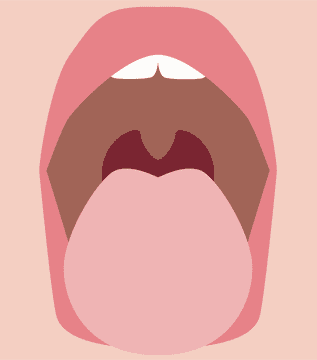
Article
Case Study: Capturing Quality Images for ML Algorithm
This post was previously on the Pathfinder Software site. Pathfinder Software changed its name to Orthogonal in 2016. Read more.

Imagine you are shopping for a new car. You found a model that looks great and has all the features you want. It’s even in your price range. So you go to the dealer and take a test drive. After about five minutes of driving, you find you are mildly dissatisfied with the car. Perhaps it’s the way it takes the bumps. Perhaps it’s difficult to check your blind spot. Perhaps the pedals and buttons are not responsive. Do you buy the car anyway? After all, you like the look, it’s a good buy and it’s got the features you want. Odds are though you are not going to buy it. Why? Because you don’t like the feel of it, and the majority of your experience with a car is tied to the feel.
Feel Plays a Key role in Mobile App Satisfaction
Since mobile devices are held in our hands and operated with touch, the feel of the experience becomes a key determinant of user satisfaction. Also, since the screens are small, more interaction is generally required than on desktop devices. So we experience the nuances of the feel again and again as we use an app. Mild annoyances can add up, let alone major ones. Conversely, a good feel will create an ongoing sense of ease and comfort. This makes it more likely the app will be used repeatedly, bubble up on users’ favorites list, be talked about and recommended to others.
Seven Questions to Ask When Designing the Feel of Your App
So are you ready to optimize the feel of your mobile app? To help, here is a list of questions worth asking when designing a mobile app to make sure you have addressed the feel:
1. Have you anticipated how the user will hold the device?
2. Have you designed for operation using fingers, thumbs or a combination of the two?
3. Have you eliminated undesirable “eclipsing” effects, that is, uncomfortable blind spots where the finger obscures what is being touched in such a way that the interaction is awkward
4. On screens with a dense amount of content, have you kept the structure of the layout and interactions simple?
5. Have you used an intuitive sequence of gestures to perform core tasks?
6. Have you minimized user effort to see, locate and interact with elements on the screen?
7. Have you asked someone (or several people) to try a prototype of your app on an actual device?
Check your design against the above items, and you will find the improvements you make to the feel of your app to be well worth the effort.
Related Posts

Article
Case Study: Capturing Quality Images for ML Algorithm

Article
Patient Engagement & UX for Bluetooth Medical Devices

Article
How Design Can Improve Ratings for Medical Device Apps

Article
Bluetooth Trends in Smartphones: Effects on Medical Devices